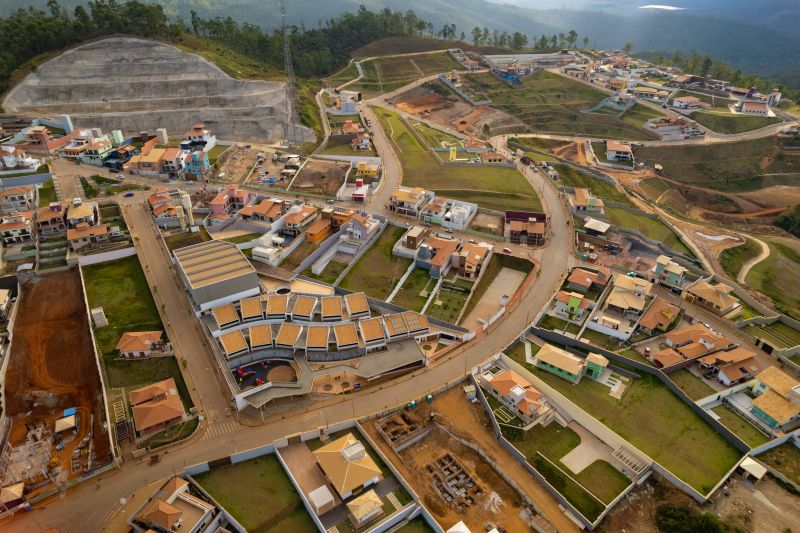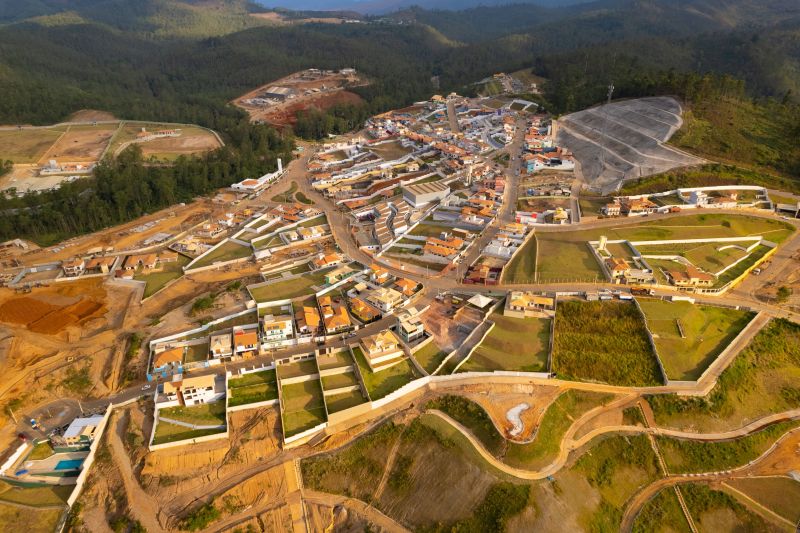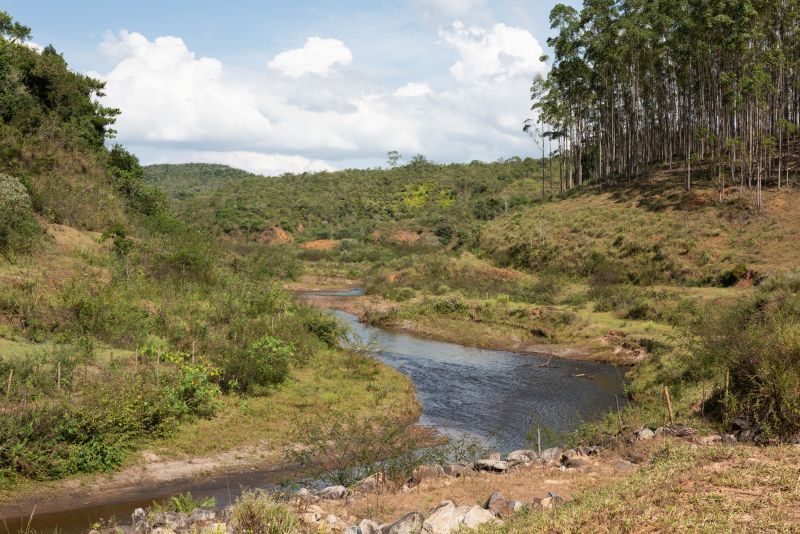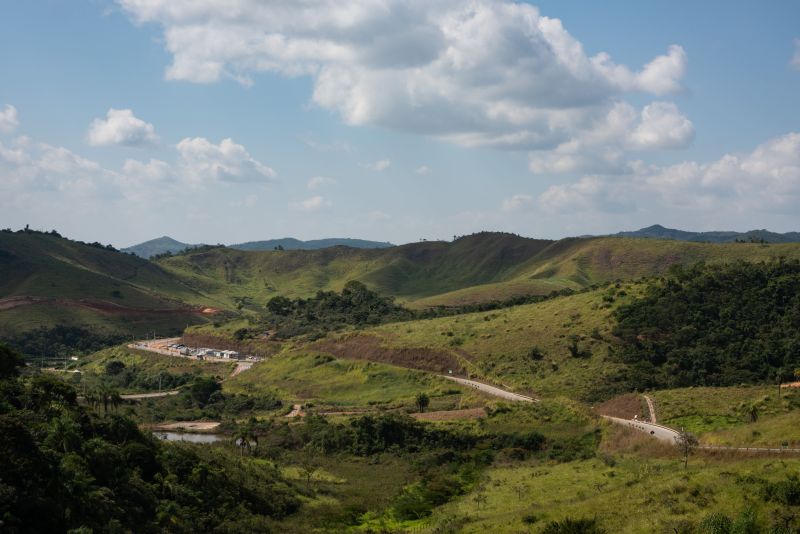The Mariana Dam disaster stands as a tragic testament to the vulnerabilities embedded within our emergency response frameworks. On that fateful day, the ruptured dam unleashed a torrent of destruction, devastating communities and claiming lives in a matter of moments.
As the dust settled, the focus shifted not only to recovery efforts but also to a critical evaluation of the response strategies employed in the wake of such a catastrophe. Were they adequate? Could lives have been saved with a more robust plan in place? This inquiry delves into the myriad failures that characterized the emergency response, exploring the cascade of miscommunication, inadequate resources, and systemic flaws that hampered timely action.
It is a complex narrative, weaving together the personal stories of those affected, as well as the broader implications for disaster management. In seeking to understand what went wrong, we also illuminate the pressing need for reforms that prioritize human safety over bureaucratic inertia.
The lessons drawn from this disaster echo far beyond its geographical confines, offering insights essential for future preparedness against similar calamities.
Background of the Mariana Dam Disaster

The Mariana Dam Disaster, which struck in early 2021, serves as a grim reminder of the catastrophic consequences that can arise from negligence and mismanagement in industrial infrastructure. Nestled in a region bereft of adequate regulatory oversight, the dam had a history of structural vulnerabilities, often overlooked by both operators and governmental agencies.
Environmental concerns were raised repeatedly, yet decisive action remained absent, fostering a false sense of security among the local populace. On that fateful day, an unexpected deluge overwhelmed the dam’s capacity, resulting in a catastrophic failure that unleashed a torrent of water and debris, devastating surrounding communities.
The ensuing chaos was not just a natural disaster but a culmination of systemic flaws, an intersection of human error and institutional failure that would haunt the region for years to come. As the dust settled and the scale of the disaster became apparent, the urgent need for a reevaluation of emergency response protocols emerged, setting the stage for a critical examination of the events that transpired.
Roles of Government Agencies and NGOs

In the aftermath of the Mariana Dam disaster, the roles of government agencies and non-governmental organizations (NGOs) emerged as critical yet starkly highlighted facets of the response effort, illuminating both cooperation and shortcomings. Government entities, tasked with immediate crisis management, were expected to implement robust evacuation protocols and establish clear communication channels to guide affected residents.
However, reports emerged of delayed responses, inadequate resources, and mismanagement, leading to a sense of chaos and confusion among those in peril. On the other hand, NGOs played a vital role in filling the gaps left by governmental inefficiencies, providing essential supplies, psychological support, and community coordination.
Yet, their effectiveness was often hampered by bureaucratic hurdles and a lack of clear directives from the state. This interplay between agencies and NGOs, while occasionally collaborative, frequently underscored a disjointed effort that ultimately conflated the urgency of rescue with the complications of intervention.
In retrospect, the juxtaposition of their roles reveals not only the potential for synergy in times of crisis but also a pressing need for comprehensive strategies to ensure rapid and effective emergency response in future disasters.
Resource Allocation and Management

Resource allocation and management during the response to the Mariana Dam disaster proved to be severely inadequate, revealing glaring deficiencies in both preparation and execution. Initially, the allocation of resources was mired in bureaucratic delays and miscommunication, leading to critical shortages of medical supplies and rescue personnel in the affected areas.
Instead of a swift, coordinated response that could have mitigated the immediate impacts of the disaster, emergency management teams found themselves scrambling to gather essential tools—methods that should have been pre-established and rehearsed. The chaotic environment was exacerbated by an unclear chain of command, resulting in poorly directed efforts where some regions received floods of aid while others languished in neglect.
Stakeholders had failed to recognize the need for a comprehensive risk management strategy that prioritized adaptive resource distribution based on real-time assessments, which ultimately hampered recovery efforts. What emerged was not just a tale of infrastructural collapse, but also one of human error, misjudgment, and profound lessons that need to be learned for future disaster preparedness.
Conclusion
In conclusion, the Mariana Dam disaster serves as a stark reminder of the critical importance of effective emergency response systems in the face of environmental crises. The failures observed during this catastrophic event highlight not only the need for improved preparedness and coordination among various agencies but also the necessity for robust regulations to prevent such disasters from occurring in the first place.
The lessons learned from the tragedy at Barragem de Fundão should propel stakeholders, including governments, corporations, and communities, to prioritize safety and transparency in all aspects of dam management and emergency planning. By addressing these shortcomings, we can strive to mitigate the impact of future disasters and safeguard both the environment and the lives of those at risk.


